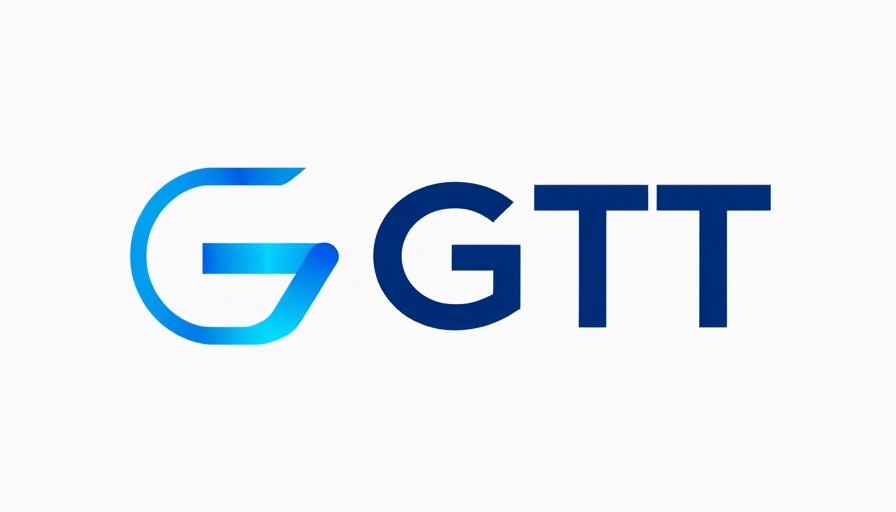
The Future of Clean Shipping: GTT's Innovative LNG Solutions
As environmental regulations continue to tighten, the maritime industry finds itself at a crossroads. The announcement from GTT regarding their recent tank design order for LNG-fueled container ships marks a significant step towards sustainable shipping practices. This order from HD Korea Shipbuilding & Offshore Engineering reflects both a growing commitment within the shipping sector towards reducing emissions and a practical response to the pressing regulatory landscape.
Revolutionizing LNG Tanks and Their Impact
GTT's new design for the cryogenic tanks, boasting a capacity of 8,000 m³ and featuring the advanced Mark III Flex membrane containment system, is pivotal to enhancing LNG utilization. Here’s where innovation meets responsibility: the design’s operational capacity of up to 1 barg, sharply higher than the current norm of 0.7 barg, signifies an ambitious move towards maximizing LNG storage effectiveness.
This innovation not only prolongs LNG holding times but also allows vessel operators to comply with impending regulations regarding cold ironing, which is vital for connecting to shore power while docked. Such technology supports a vision of cleaner, more efficient shipping, reducing the ecological footprint associated with traditional heavy fuel oil.
Environmental Benefits: A Concrete Shift in Approach
The implications of adopting LNG as a maritime fuel are profound. With potential reductions of nearly 25,000 tonnes of CO₂ emissions per vessel each year, moving towards liquefied natural gas addresses a crucial dilemma of modern shipping: how to balance economic viability with environmental stewardship. With increased scrutiny on emissions, especially nitrogen oxides (NOₓ) and sulphur oxides (SOₓ), LNG emerges as a clean alternative that actively combats air pollution.
As the world commercializes electric vehicles and renewable energy sources shift into focus, maritime fuel options can't remain stagnant. GTT's efforts reflect an industry-wide recognition that the future of shipping must tread lightly on our planet.
The Timeline and Economic Considerations
The anticipated delivery timeline for these six LNG-fueled vessels between 2027 and 2028 invites strategic conversations around long-term planning in the shipping industry. Companies must think critically about their investments in greener technologies now, opening doors to financial incentives that may align with upcoming regulations.
Shipbuilders and shipping companies willing to embrace this paradigm shift stand to gain not only from pollution reduction but also from operational efficiencies, cost savings, and enhanced competitiveness in increasingly eco-conscious markets.
Counterarguments: Challenges of Transitioning to LNG
While the transition to LNG stations and vessels is promising, it’s not without its challenges. The infrastructure required for widespread adoption, including suitable fueling stations and logistical support, currently lags behind needs. Moreover, skepticism remains concerning the long-term viability of LNG compared to renewable energy sources like hydrogen or battery technologies.
This ongoing debate is critical; it pushes industry stakeholders to consider the ramifications of their choices and the investments they make in technology. As the industry stands on the cusp of transformation, the need for a balanced discussion around future fuel sources is imperative.
Conclusion: A Clear Path Forward for Maritime Innovation
GTT’s order for LNG tank designs symbolizes not only a step forward in shipbuilding technology but also a vital shift towards cleaner, more sustainable maritime practices. Moving forward, stakeholders in the shipping industry must continuously evaluate how they can leverage such advancements to meet regulatory demands while bolstering environmental accountability. The momentum behind LNG represents an undeniable course towards greener oceans.
For anyone interested in the future trajectory of shipping technologies, GTT's innovations provide a fascinating blueprint for what lies ahead. The evolution of LNG in maritime fuel strategies illustrates a proactive stance that could shape the future of global trade and sustainability.
 Add Row
Add Row  Add
Add 




 Add Row
Add Row  Add
Add 

Write A Comment